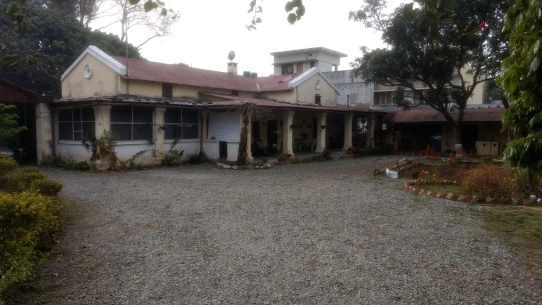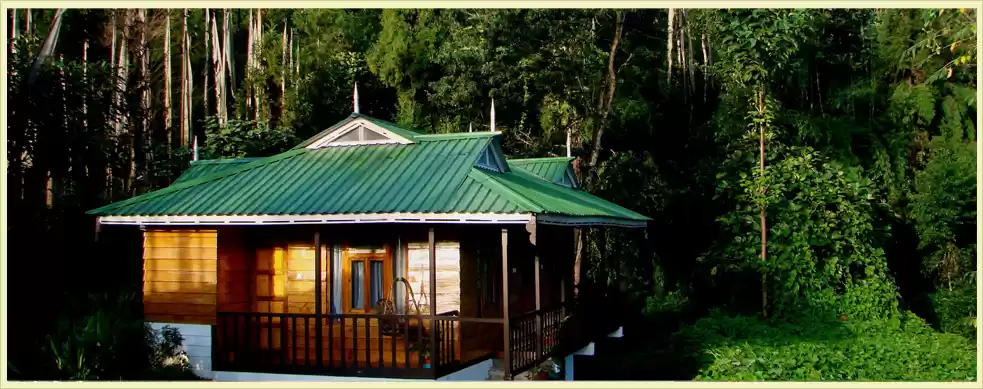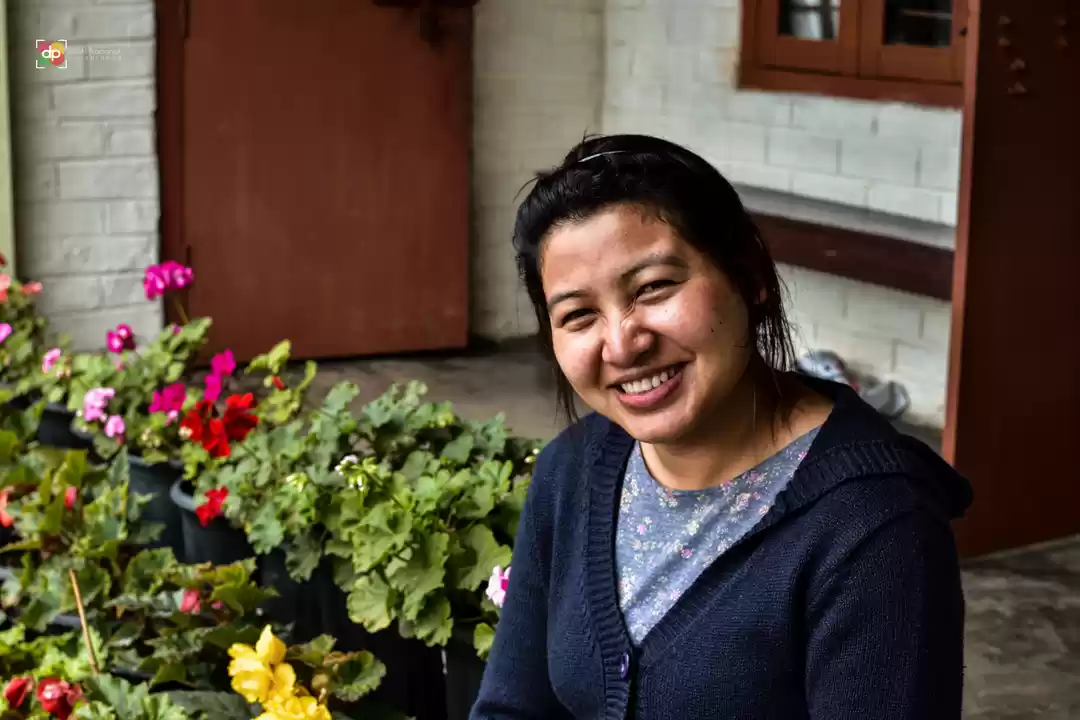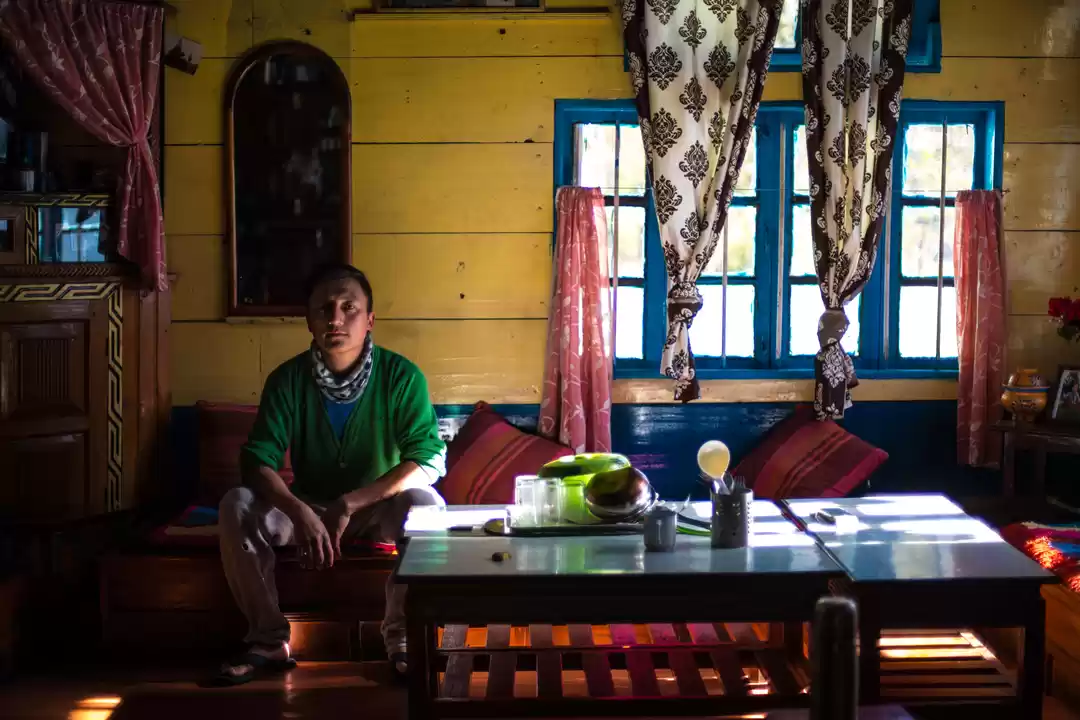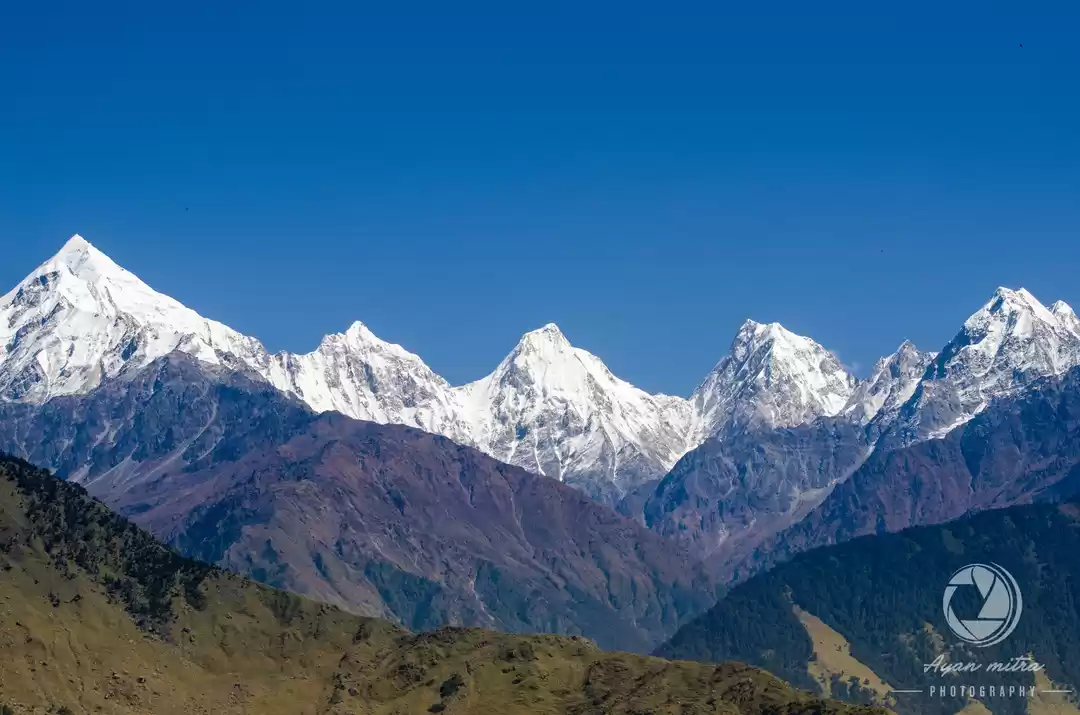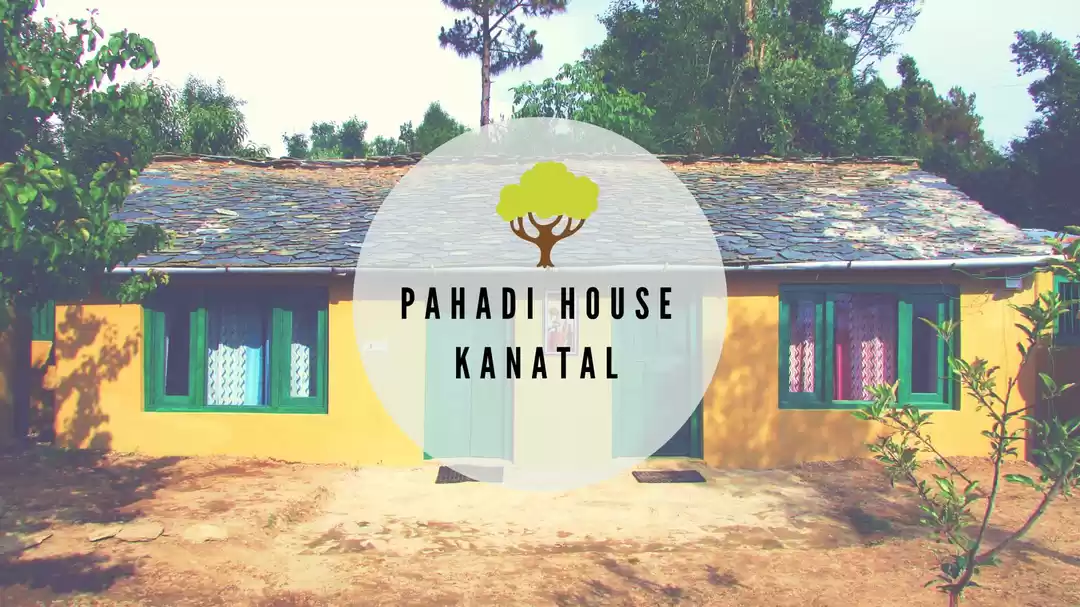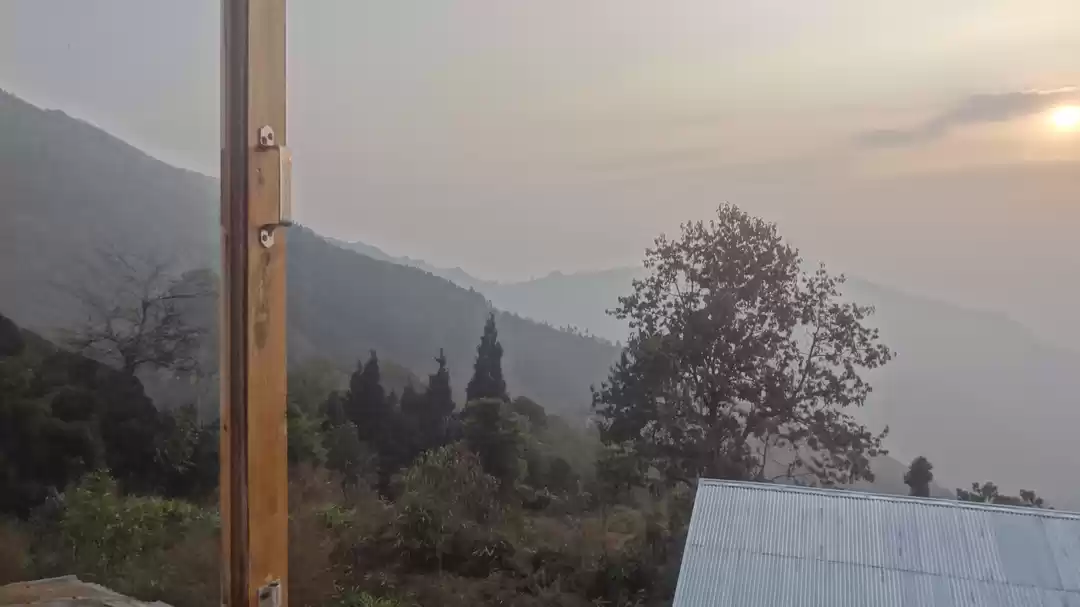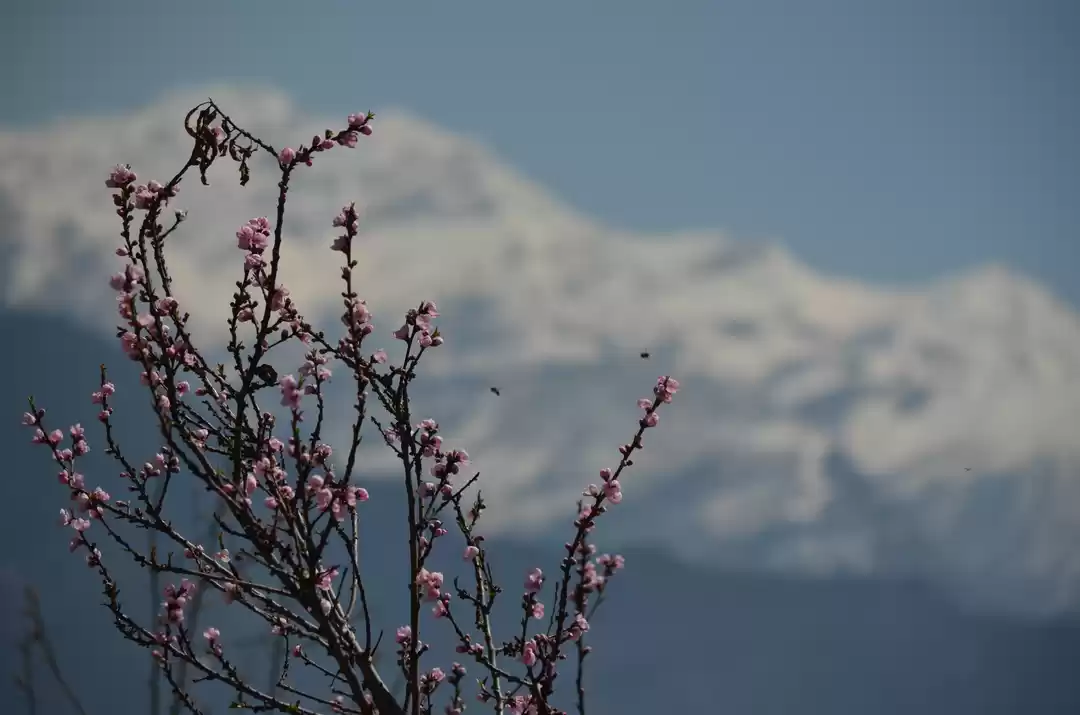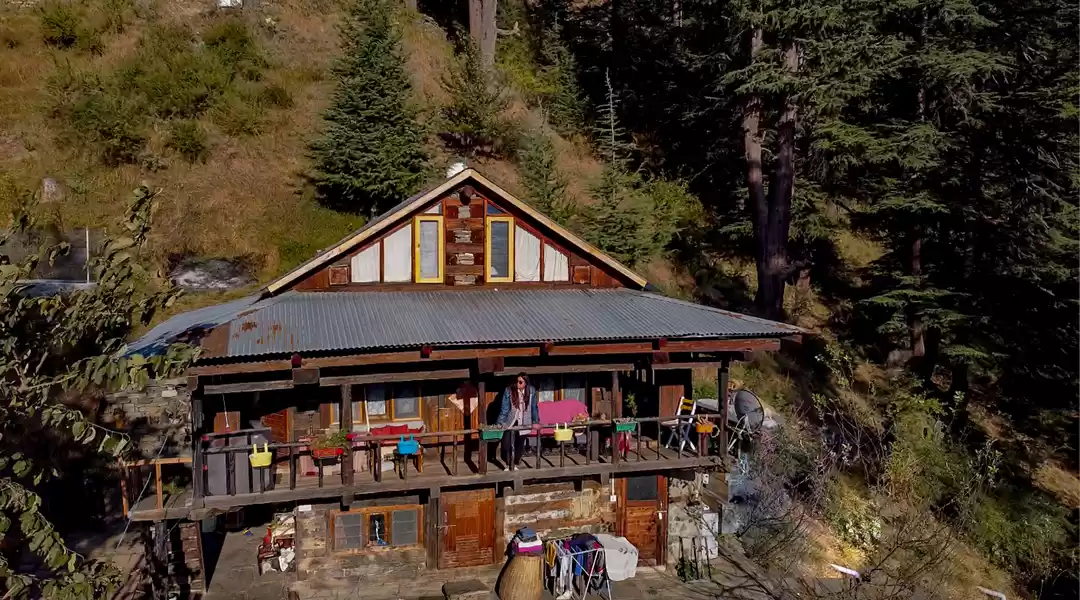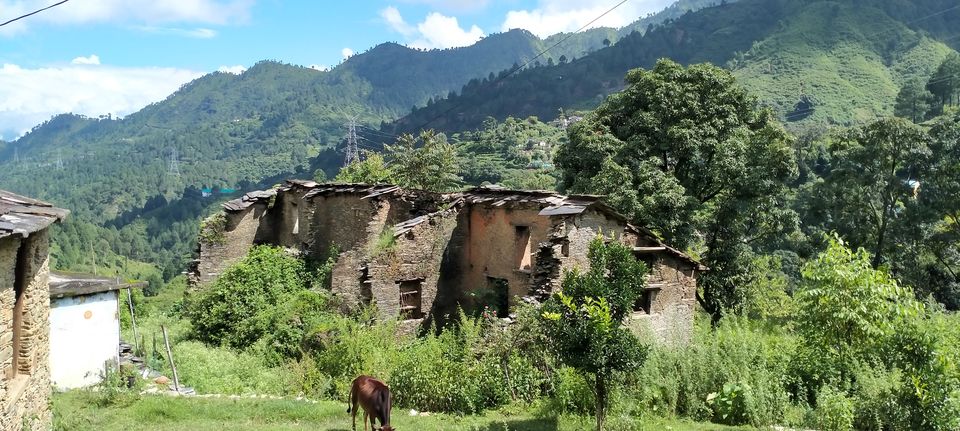
For wanderers and those seeking meaningful travel, homestays are a special medium to connect with the local culture. Sensing the nerve of offbeat destination lovers, tourism has tapped the remote locations and offered a peak into the rural life. It is a win-win situation for all.
This may seem like an invention of modern times, but the concept of Homestays has its roots in distant past. It was an inherent part of our cultural history, be it Hindu or Muslim.
Sarais as Halting station in Medieval India
Rich men and kings built Sarais, which were used as halting stations both by civilians and Army. Medieval rulers like Sultan Firuz Shah and Mohammad Bin Tughlaq made many sarais, with food and water points, even for the Horses. Some of these Sarais, inn, charged the travellers, while some were free of cost. Through this, the influential lot wanted to earn the goodwill of common men and the mighty Lord. And to some extent, facilitate the trade and movement of the Army. One can find many residential complexes in Delhi named after Sarais, such as, Yusuf Sarai, Lado Sarai, Sheikh Sarai etc. These were once upon a time a flourishing Sarai for the travelers.
There are many such stories, buried deep in our glorious, turbulent, and vibrant past.
This Tale is my personal Favourite:
During one of the Treks in Uttarakhand, I had met Geeta Devi. A tip to the fellow travellers: Always talk to the locals, you will gain insight into their culture which none of the travel websites will give you.

Geeta Devi belonged to a village at the Indo-Nepal border in Dharchula region. If we ignore the recent political spats, both countries, especially the Uttarakhand region, have shared enviable bonhomie in matrimonial alliances, social and economic exchange. You will find Nepali workers in most of the remote areas of Northern parts.
Coming back to the story: Geeta Devi’s marriage was fixed by her father to a man from Pithoragarh in India. She was barely fourteen then. At that time, the road and rail network in this mountain region was not laid. If one has to travel, it will take at least seven to ten days of the journey on the kutcha trails meandering through the mountain forests on foot and animal carts.
So, the marriage party began their course from the Nepal border to Uttarakhand’s interiors with the young bride. Geeta Devi’s father had arranged for a palki, palanquin, for some distance, and for rest, she walked like others on those jungle trails. In the daytime, they would cover as much the distance they could through the thickets. By dusk, they would halt in any village that fell on the route.
Now, unlike present times, there was no need to look for paid homestays or inn. It was understood that the villagers, even the remotest ones, will welcome the travellers. In fact, the head of the village will have a room specially made for this purpose. He will provide them that space, where the travelers will cook the meals in the utensils and ration they are carrying along with them. The host will also offer them buttermilk or any other delicacy that they can provide.
In the morning, the guests will clean up the place, tidy up the bedding provided to them, and leave with gratitude. And like the cycle of Karma, they would return this hospitality whenever God gave them the opportunity.
After listening to Geeta Devi's travel tale, I wondered how excitedly the hosts must have looked forward to the travellers. Because in the absence of the virtual medium, the wanderers' travel tales must have been their only connection with the outside world. Most importantly, how unique that world must be when money did not rule the relations and Homestays carried the essence of a real home.
What I found striking in her story was the connection between the host and guest, which made one feel like part of the family. This was the feeling that prompted the search for Authentic homestays.
Search for Authentic Homestays
We have explored many homestays, from the popular destinations of Challal-Tosh in Northern region to Malvan and Goa on Konkan coast. Some of them, that touched the chord are listed here:
Ransi
This homestay at Ransi is the basecamp for the Trek to Madmaheshwar in Uttarkashi. It is run by a couple and their three sons. The family lives at the ground floor and upper rooms are used for homestays. The rates are pretty nominal. Our daughter was warmly welcomed by the host who taught her how to bake chapati on mud stove. And just like the story of Geeta Devi, there was unlimited supply of buttermilk.
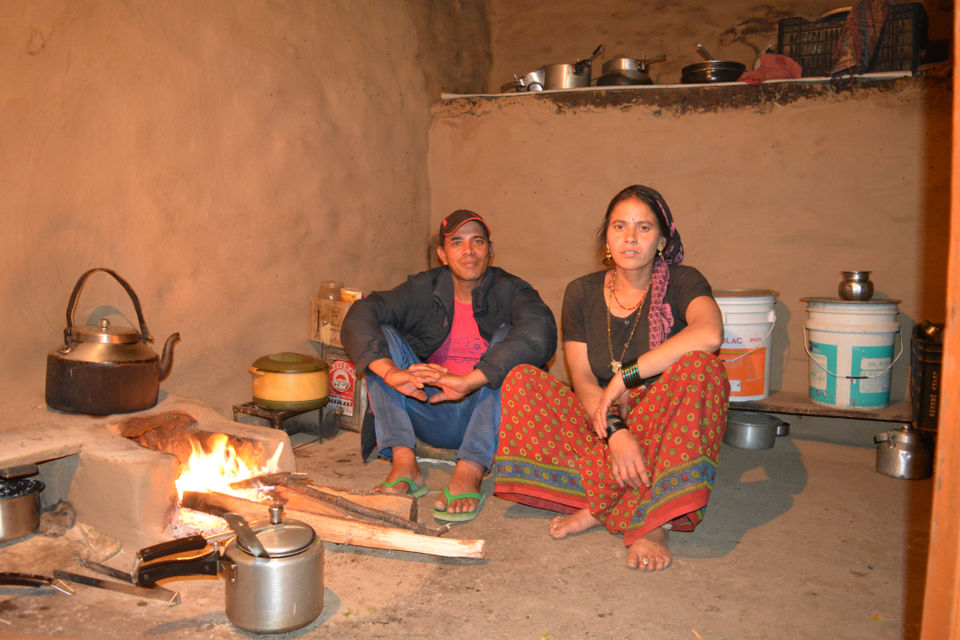
If one is looking for real adventure, then I have one unique homestay to share:
The Shepherd huts at Dayara Bugyal.
It was not exactly a homestay, but if one is keen, the hosts welcome the guests wholeheartedly.
There are about five-six chaanis (makeshift huts) at the meadow. In one of the chaanis, Shivaya, a young lad of 11 years, runs a tea shop. This is not a very commercialized trek. Unlike other treks, you won’t find the trail lined up with eating points.
During the trek in the monsoon season, our plans to pitch tents at the Bugyal were washed off, and then the shepherds offered us to stay with them. Though the huts are not comfortable, but the hospitality of the hosts really warmed our hearts. They cleared the space near the hearth (as it gets really chilly in night) for us.
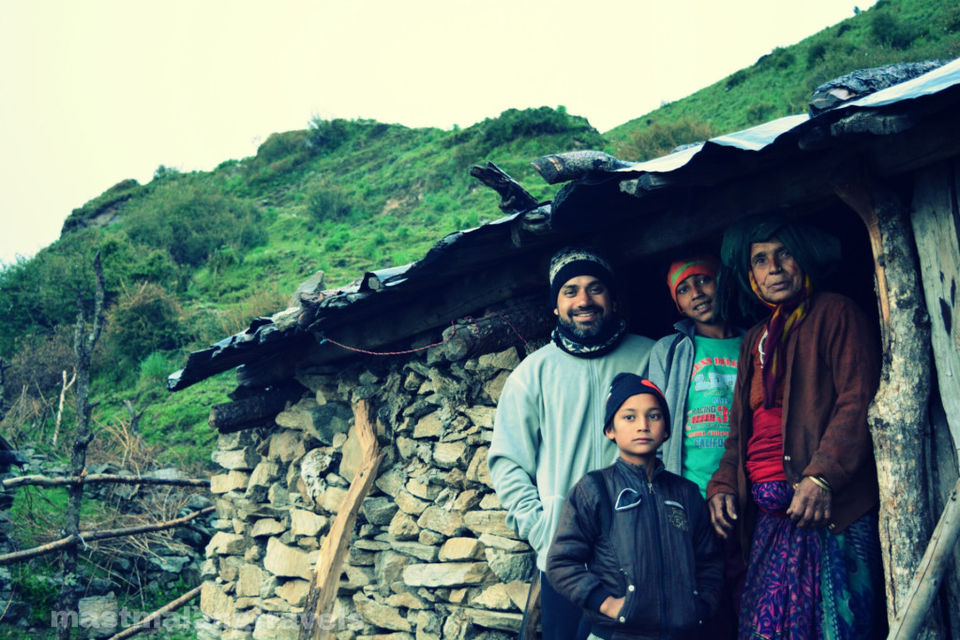
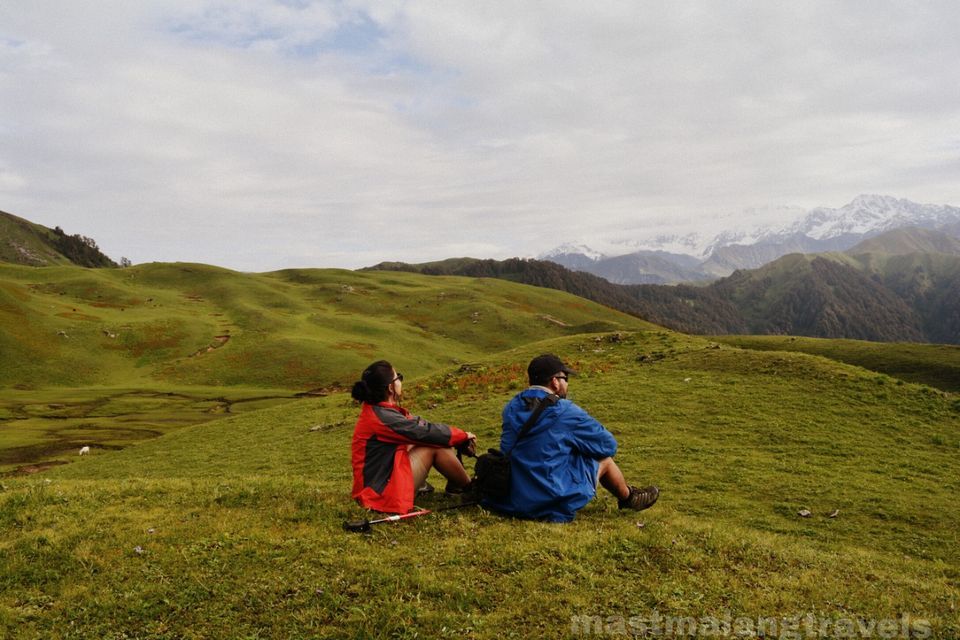
In evening, Shivay’s grandmother joined us and her tales of encounters with wild bears, guldaar (leopard) kept us entertained to the core. She prepared a local delicacy, Bhatt ki daal, for us. This was sign of respect to us as we knew that this daal is cooked when a special guest has arrived. Next morning, Shivaya’s younger brother, volunteered to be our guide. He took us to all the photo-points and on the way back, plucked some wild herbs which he later handed over to us as a gift. This was indeed the connection, Geeta Devi mentioned in her tale.
If you are looking for an opportunity to Work from Mountains, then this surely is going to be Our Pick
For a present day seeker, who is looking for an opportunity to work from mountains as well as integrate with local culture and experience the bonhomie that Geeta Devi reminiscence in her tale, this one stands out.

About half a kilometer from the main road, a kutcha trail takes you to this small but scenic village in Pauri Garhwal, Uttarakhand. In the search for better opportunity and connectivity, most of the villagers have migrated, leaving behind ruins of their traditional homes. Our host, Major Gorki Chandola, was an exception. He has left the thriving city life and promising Army career and reverse migrated to his ancestral village. Now he is restoring the traditional architecture and reviving village tourism.
Everything about our rooms resonated with the antiquity and vanishing art of the villages. Instead of modern-day bricks and cement, the rooms were constructed using Pathaal, stone slabs. Mud and cow dung were used for lipaai, coating.
‘It keeps the room cooler and your mind calm,’ our host told us.


Our four days stay in this one of its kind homestays brought us closer to nature. The mornings were spent in birdwatching, exploring trails to the water streams and other beauties that the place offered. Along with our host and his family, we shared meals in the common kitchen on freshly cut banana leaves. Evenings were another experience when we all settled down on the cozy sitting area, overlooking the mountains and green valley. Someone or the other from the village also joined us and shared the stories of this lesser-known world.
One very important tip for #workfromhome #workfrommountain seekers: The place has excellent Airtel 4G connectivity

pc: Sanjeev Rana and Santosh Lekhak
Some useful numbers:
Contact number for the Homestay at Pauri: 8859888816
.......
Have you come across any such authentic homestay? Would love to hear your tale and explore it next.
#homestays #villagetourism #uttarakhandtourism #workfrommountains















